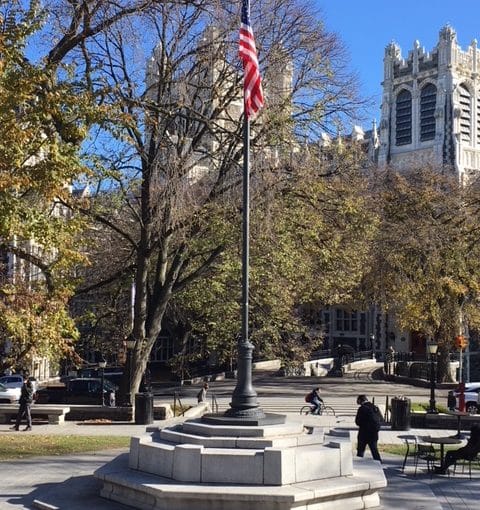If you’re one of millions paying off your student loan, the burden can feel overwhelming. But it’s possible more will pile on to your load unless you’re careful. You could get caught in the student loan co-signer nightmare.
If your grandparent or parent co-signed for your loan and dies, that may trigger an automatic default and the lender can ask you for immediate repayment.
This is finally getting some attention, and it looks like there’s a remedy in the immediate future.
The Consumer Financial Protection Bureau tackled the issue of student loans. It estimates outstanding student debt for federal and private loans at $1.2 trillion for 2013 and consequently the bureau is working on constructive solutions.
 To try to help borrowers, it analyzed complaints about servicing problems and found the auto-default provision in loans is a big problem. It studied the current practices and in a new report, the bureau asks lenders to review the default process. It also recommends changes lenders might make.
To try to help borrowers, it analyzed complaints about servicing problems and found the auto-default provision in loans is a big problem. It studied the current practices and in a new report, the bureau asks lenders to review the default process. It also recommends changes lenders might make.
THE WAY CO-SIGNING WORKS
Typically borrowers take out federal loans on their own. But private lenders generally require a co-signer. Consquently, more than 90 percent of new private student loans are co-signed, often by a parent or grandparent.
Auto-defaults when a co-signer dies:
Many lenders demand repayment when a co-signer dies, often regardless of whether the borrower is up-to-date with payments.
And to make things worse, the auto-default is reported to credit bureaus with a negative impact on the borrower’s credit standing.
Auto-defaults when a co-signer enters bankruptcy
If the co-signer files for bankruptcy, even if the loan is in good standing, an auto-default kicks in for the borrower.
That causes crediting rating trouble and begins the cycle of calls from collection agencies.
Obstacles to releasing co-signers from the loan
Borrowers can ask for release from the co-signer.
The CFPB says, “Many lenders advertise that a co-signer may be released from a private student loan after a certain number of consecutive, timely payments and a credit check to determine if the borrower is eligible to repay the loan on their own. But most student loan servicers do not tell consumers when they are eligible to release their co-signer, so consumers need to ask directly for information on how to do this. “
But the CFPB says the process for release is complicated, unclear and mysterious.
SOLUTION
So the CFPB offers a solution to lenders to make the how-to process about separating from a co-signer crystal clear.
CFPB outlines steps that lenders could take to release borrowers from the co-payment problem.
In addition, it recommends that student loan borrowers contact their lenders and ask for release if they meet the requirements.
For consumers, it created a sample letter to send to loan servicers asking for release from a co-signer, and another sample letter for a co-signer to ask for release.
The bureau made it easy enough so that you can either send the full letter, or cut and paste to message the appropriate information when you log on to the servicer’s site.
The sample letter on how a borrower can release a co-signer is at: http://files.consumerfinance.gov/f/201404_cfpb_inquiry-letter_how-to-release-cosigner.doc
The sample letter on how to be released as a co-signer is at: http://files.consumerfinance.gov/f/201404_cfpb_inquiry-letter_how-to-be-released-as-cosigner.doc



